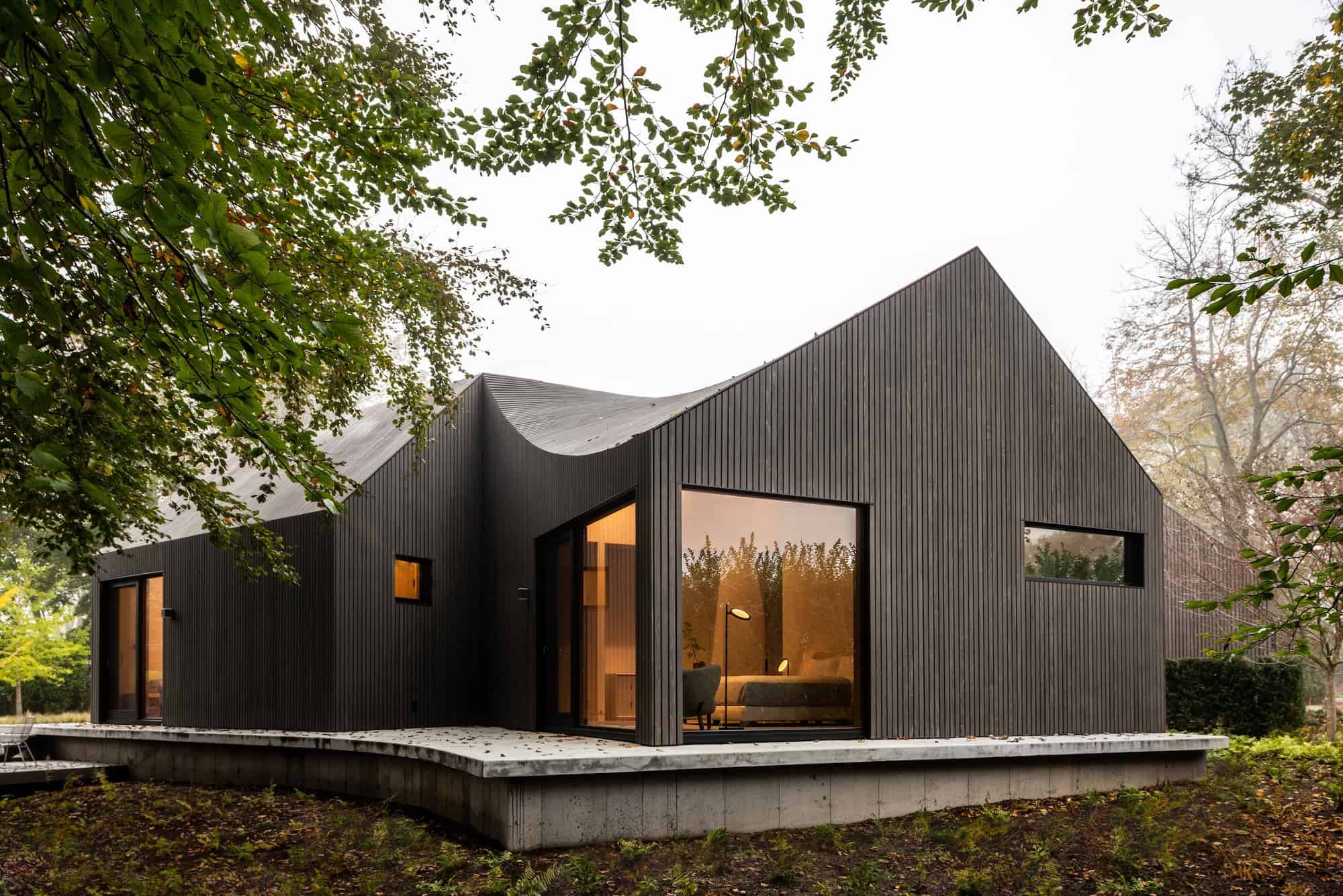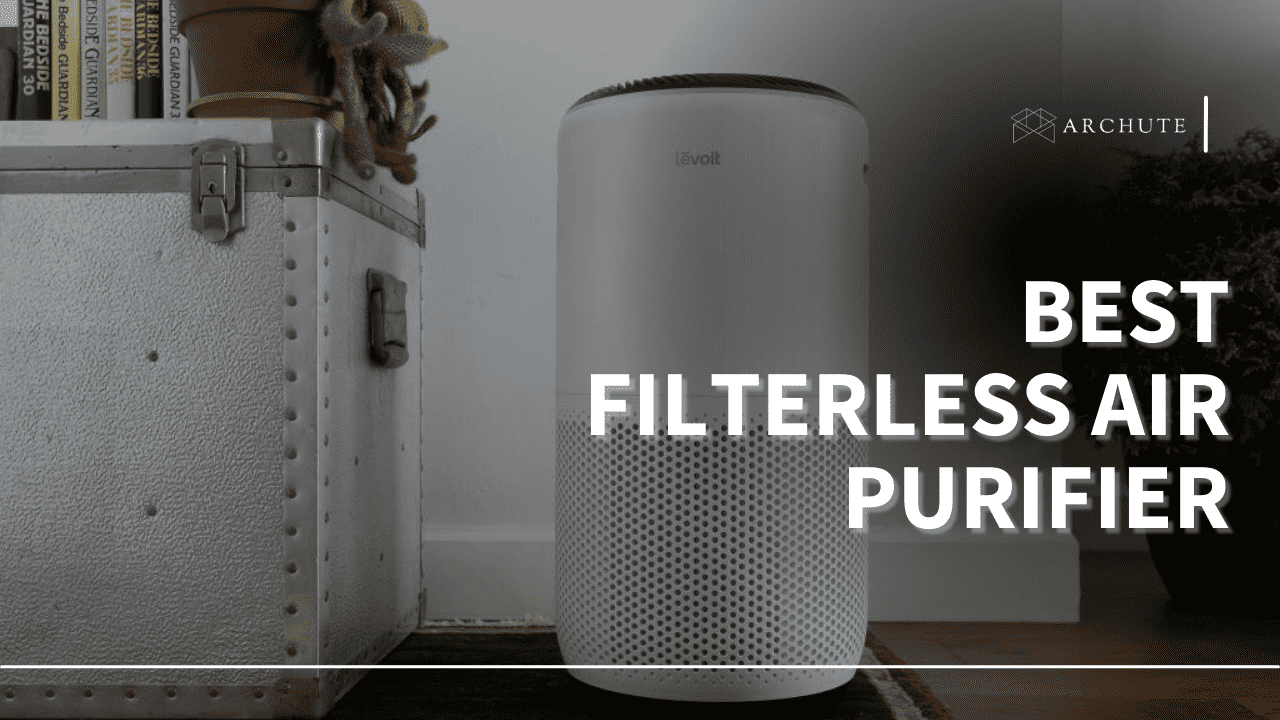Tossing and turning in bed, you desperately seek that elusive good night’s sleep. However, the dry air in your bedroom has other plans, leaving you with dehydrated skin and a scratchy throat. Enter the humble hero of sleep: the humidifier. This little marvel can transform your bedroom into a sanctuary of comfort and rejuvenation. The question is, where exactly should you place this magical device to unleash its full potential?
Before you rush to grab one and start misting away, uncovering the best place to put this magical device in your bedroom is crucial. Prepare to transform your bedroom into a haven of rejuvenation as we discover the best place to put a humidifier. Your sleep quality and overall well-being are about to receive a major upgrade.
Understand the Right Humidity Levels in a Bedroom
Before we dive into the placement options, let’s first understand the ideal humidity range for bedrooms. Understanding your bedroom’s humidity levels is crucial before placing a humidifier. It lets you make informed decisions about introducing moisture or reducing humidity, ensuring a balanced and comfortable environment.
You can create a sleep sanctuary that promotes restful nights and overall well-being by maintaining the optimal humidity range. The recommended humidity reading level typically falls between 40% and 60%. Assess your humidity readings for whether your bedroom falls within this range or if adjustments are needed.
Your bedroom is too dry if the humidity level is below 40%. Low humidity can cause dry skin, irritated sinuses, and respiratory problems. In this case, a humidifier can help add moisture to the air, relieve dry skin, and improve overall comfort.
Alternately, your bedroom is considered too humid if the humidity level exceeds 60%. Excessive humidity can lead to mold growth, bacteria, dust mites, and increased allergy symptoms. Striking the right balance is crucial. A dehumidifier or proper ventilation may be necessary to reduce humidity levels.
Where Should You Put Your Humidifier?
When placing a humidifier in your bedroom, several ways can ensure optimal moisture distribution and enhance your overall sleep experience. Consider your specific needs, room layout, and personal preferences when choosing the best placement option for your humidifier in the bedroom.
Experiment with different positions if needed, and monitor the results to ensure the humidity is evenly distributed, providing you with the ultimate sleep environment. Remember, the goal is to achieve balanced humidity levels, enhance comfort, and promote restful sleep.
Let’s explore these humidifier placement options in detail:
1. On a Nightstand or Bedside Table
One popular and convenient option is to place your humidifier on a nightstand or bedside table. This placement allows easy access to the controls, making it convenient to adjust settings or refill the water tank.
However, it’s important to consider proper positioning to avoid potential issues. Place the humidifier at least a foot away from your bed to prevent excessive moisture around your sleeping area. Elevate the humidifier on a raised surface to allow the warm mist to disperse evenly throughout the room.
2. On the Floor
Placing the humidifier on the floor is suitable if you want a clutter-free bedside area. This placement allows the mist to rise naturally and distribute evenly throughout the room.
However, consider the type of flooring you have. Carpeted floors can absorb moisture, so placing a towel or mat underneath the humidifier can help protect the floor. Hardwood or laminate floors may be prone to water damage, so exercise caution and ensure the humidifier’s stability to avoid any potential leaks. To address these concerns, place a towel or mat under the humidifier to protect the floor.
3. On a Wall or Ceiling
For a more permanent and space-saving solution, mounting the humidifier on a wall or ceiling can be a great choice. This option is suitable if you have limited floor or table space. By installing the humidifier at a higher level, you can ensure better distribution of the mist throughout the room.
However, consider the ease of maintenance and accessibility when opting for this placement. Ensure that the mounting location is suitable and near the center of the room for balanced coverage. Follow the manufacturer’s guidelines for proper installation and safety precautions.
4. Use a Whole-House Humidifier
A whole-house humidifier is an excellent option to humidify your bedroom and your entire home. These systems connect to your HVAC system and distribute humidified air throughout your home.
Remember that these systems may not provide the same level of customization and control as standalone humidifiers, but they offer a comprehensive solution for whole-home comfort.
What are the Types of Humidifiers You Can Place in Your Bedroom?
When choosing a humidifier for your bedroom, there are several types to consider, each with unique features and benefits. Understanding the types can help you make an informed decision based on your needs. Let’s delve into the details of each type of humidifier:
1. Cool Mist Humidifier
Image Credit: huffpost.com
Cool mist humidifiers are popular for bedrooms because they are generally safe, energy-efficient, and provide soothing relief. They come in two main variations:
a. Evaporative Humidifiers
Using a fan, an evaporative humidifier blows air over a wet wick or filter. The air passing over the wet surface causes the distilled water to evaporate and release moisture into the room. The evaporative humidifier is known for its effectiveness in increasing humidity levels, and often a quiet humidifier is compared to other types.
They also have the added benefit of slightly cooling the room. However, they require regular maintenance, such as changing the filters, to prevent mold spores or bacteria growth.
b. Ultrasonic Humidifiers
An ultrasonic humidifier uses ultrasonic vibrations to form a fine mist of water particles released into the air. These humidifiers are generally quieter and consume less energy compared to evaporative models.
They are also available in both cool mist and warm mist options. Ultrasonic humidifiers may offer additional features such as adjustable mist settings, built-in timers, or night lights.
2. Warm Mist Humidifier
Image Credit: spruce.com
Warm mist humidifiers produce a comforting, warm mist by heating the water before dispersing it into the room. The heating process kills potentially harmful bacteria, making them a good choice for maintaining clean air. They are also beneficial for relieving respiratory symptoms, such as congestion or coughing, as the warm mist can help soothe and moisturize the airways.
However, it’s important to exercise caution with warm mist humidifiers due to the hot water involved. Keep them away from children and follow safety guidelines to prevent accidental burns.
3. Ultrasonic Vaporizers
Image Credit: youtube.com
Ultrasonic vaporizers are similar to cool mist humidifiers but are specifically designed for medicinal inhalation. They create a cool mist that can carry medication particles, helping to alleviate respiratory symptoms associated with colds, allergies, or asthma.
Ultrasonic vaporizers often have a compartment for adding prescribed medications, allowing targeted relief.
4. Whole-House Humidifiers
Image Credit: spruce.com
If you want to manage home humidity of your entire home, including the bedroom, a whole-house humidifier may be the ideal solution. These systems are connected directly to your HVAC system and distribute air moisture throughout your home.
Whole-house humidifiers offer the advantage of maintaining consistent humidity levels in all rooms, eliminating the need for separate humidifiers in each space. However, they require professional installation and may have higher upfront costs.
Where Not to Put Humidifier in the Bedroom
When considering the best place to put a humidifier in the bedroom, there are certain locations to avoid. By avoiding these locations, you can help ensure the safety of your humidifier, protect your belongings, and maintain a healthy humidity level in your bedroom. Here are a few places where you should not put a humidifier in the bedroom:
a). Near electrical outlets or devices
Avoid placing your humidifier directly next to electrical outlets, power cords, or electronic devices. Moisture from the humidifier can potentially damage electronics or increase the risk of electric shock if a malfunction occurs.
b). On or near wooden furniture
Placing a humidifier directly on wooden furniture, such as a nightstand or dresser, can lead to water damage and discoloration. Moisture can seep into the wood and cause warping or mold growth. Using a waterproof tray or mat underneath the humidifier is advisable to protect the surface.
c). Close to bedding or curtains
Keep the humidifier at a safe distance from your bedding, curtains, or other fabrics. Direct exposure to excessive moisture can cause dampness, mildew, or even damage to these materials.
d). Over carpeted areas
Placing a humidifier on the carpet can trap moisture and potentially lead to mold or mildew growth. It’s better to position it on a hard, stable surface that is easy to clean or protect the carpet with a waterproof mat.
e). Blocked by furniture or obstructions
Ensure that your humidifier has enough space around it for proper airflow and dispersion of moisture. Placing it in a corner or behind furniture can hinder its effectiveness, as the moisture may not circulate well throughout the room.
Factors to Consider Before Placing a Humidifier in Your Bedroom
Image Credit: heylovedesigns.com
Before you make the crucial decision of where to place your humidifier in the bedroom, there are several important factors to consider. Each factor plays a vital role in maximizing the effectiveness of the humidifier and ensuring your comfort and safety. Let’s delve into these factors in detail:
1. Room Size and Layout
Take a moment to assess the size and layout of your bedroom that will help you choose the appropriate humidifier size and capacity, ensuring efficient and balanced humidity distribution. Larger rooms may require a humidifier with a higher mist output or multiple humidifiers to distribute moisture evenly.
Conversely, smaller rooms may need a smaller humidifier to avoid excessive humidity. Understanding your room’s dimensions will help you choose the appropriate humidifier size and capacity for optimal performance. Also, you can choose a portable humidifier and change the location of your device as much as you want.
2. Proximity to the Bed and Sleeping Area
Think about the placement of the humidifier in your bed and sleeping area. You want to experience the humidifier’s benefits while sleeping, so strategically positioning it is key.
Ideally, you want the mist to reach you while you sleep for maximum comfort. Placing the humidifier too far away from the bed may dissipate the mist before it reaches you.
Aim to position the humidifier near your bed, ensuring you can benefit from the moisturizing effects while sleeping.
3. Accessibility for Refilling and Maintenance
Humidifiers require regular maintenance, including refilling the water tank, cleaning, and filter replacements. Therefore, it’s essential to choose a placement that offers easy accessibility for these tasks.
Opt for a spot where you can easily access the humidifier without moving heavy furniture or encountering obstacles. This accessibility will encourage regular maintenance, ensuring your humidifier operates efficiently and remains hygienic.
4. Safety Considerations
Safety should always be a priority when placing any electrical device, including a humidifier. Avoid placing the humidifier near hazards such as open electrical outlets, water sources, or flammable materials.
Ensure the power cord isn’t stretched or tangled, reducing the risk of tripping or accidental damage. In addition, keep the humidifier away from children or pets to prevent accidents.
Is It Safe to Have a Humidifier in Your Bedroom?
Image Credit: wisepick.org
Yes, sleeping with a humidifier in your bedroom is generally safe, provided that you follow proper usage guidelines and take necessary precautions. Maintaining the right humidity level is important; most humidifiers have adjustable settings to help you achieve this. Regular cleaning and maintenance of the humidifier, using distilled or demineralized water, and placing it on a stable surface away from electrical hazards are crucial for safety.
Monitoring the humidity levels and supervising access, especially if there are children or pets, is recommended. By following these safety measures, you can reap the benefits of having a humidifier, such as alleviating dryness and promoting better sleep without compromising your well-being.
Conclusion on the Best Place to Put Humidifier in Bedroom
Image Credit: today.com
Finding the best location to put a humidifier in your bedroom is vital to creating a comfortable and soothing sleep environment. By understanding the factors to consider, you can optimize the benefits of your humidifier and wake up feeling refreshed and rejuvenated.
So, where is the best location to put your humidifier? Wherever you choose, ensure it’s away from electrical hazards and within reach for easy maintenance. Also, put a humidifier away from direct sunlight.
As you embark on your humidifier placement journey, consider the unique characteristics of your bedroom and your personal preferences. Experiment with different areas until you find the perfect spot that suits your needs.
Remember, a little extra moisture can make a world of difference. Embrace the power of a well-placed humidifier, and let it work its magic as you drift off into a blissful sleep. Goodnight, sweet dreams, and may your bedroom be a sanctuary of serenity.
FAQs on the Best Place to Put Humidifier in Bedroom
1. Is it OK to sleep next to a humidifier?
Yes, it is generally safe to sleep next to a humidifier. Many people find it beneficial as it can help alleviate dry air symptoms such as dry throat, nasal congestion, and dry skin. However, following the manufacturer’s instructions and safety guidelines for the specific humidifier you are using is essential. Also, maintain proper humidity levels and keep the humidifier clean to avoid any potential issues.
2. Should I close my bedroom door when using a humidifier?
Keeping the bedroom door partially closed when using a humidifier is generally recommended. This helps to contain the moisture in the room and allows the humidifier to work more effectively. However, if you notice excessive condensation or the room becomes too humid, you may need to adjust the settings or partially open the door to maintain a comfortable humidity level.
3. Where is the most effective place for a humidifier?
The most effective place for a humidifier in a bedroom is typically near the bed but not too close. Placing it on a nightstand or a sturdy surface near the bed allows the moisture to disperse throughout the room while you sleep. Avoid placing the humidifier directly on the floor or carpets, which can lead to moisture buildup and potential damage. It’s also important to ensure the humidifier is positioned away from electronics or moisture-sensitive objects.

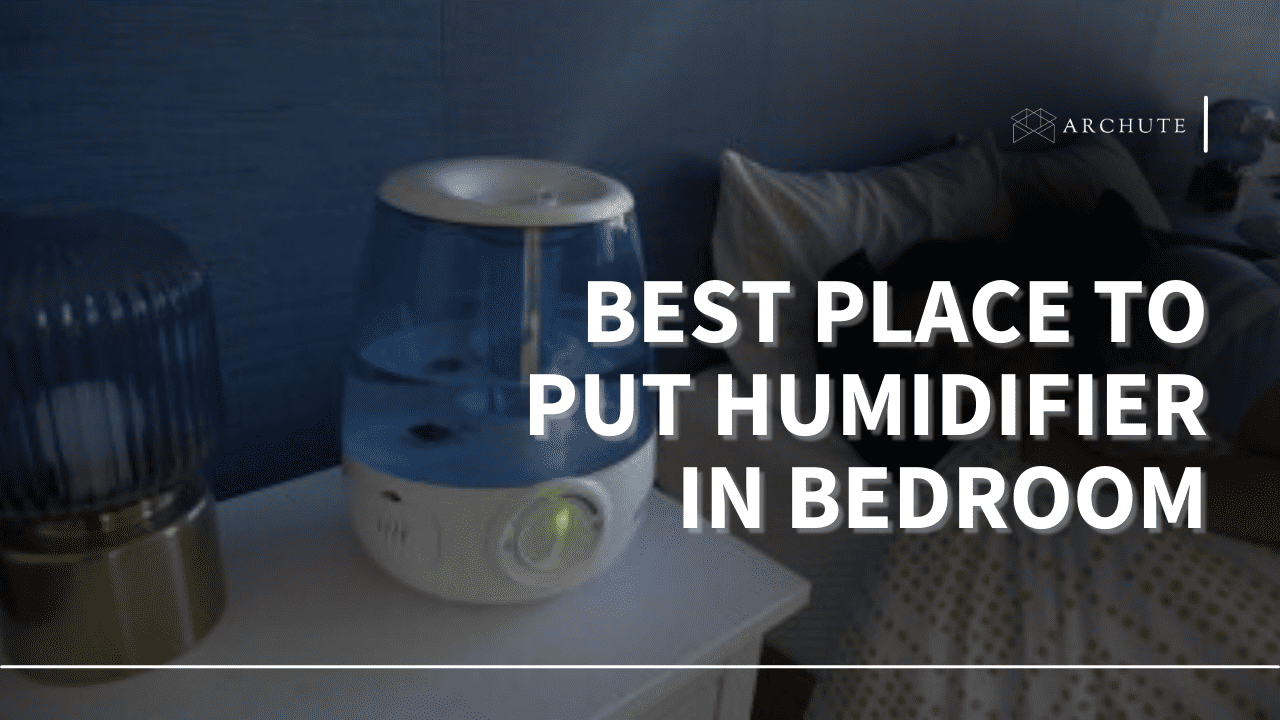

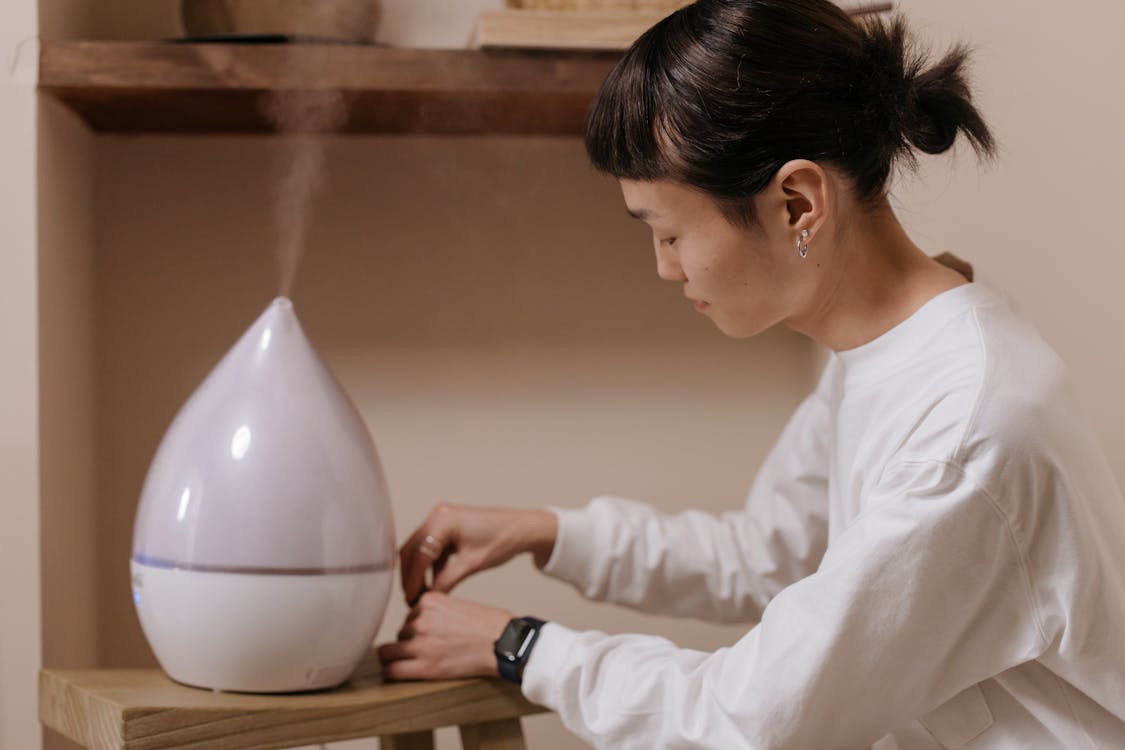
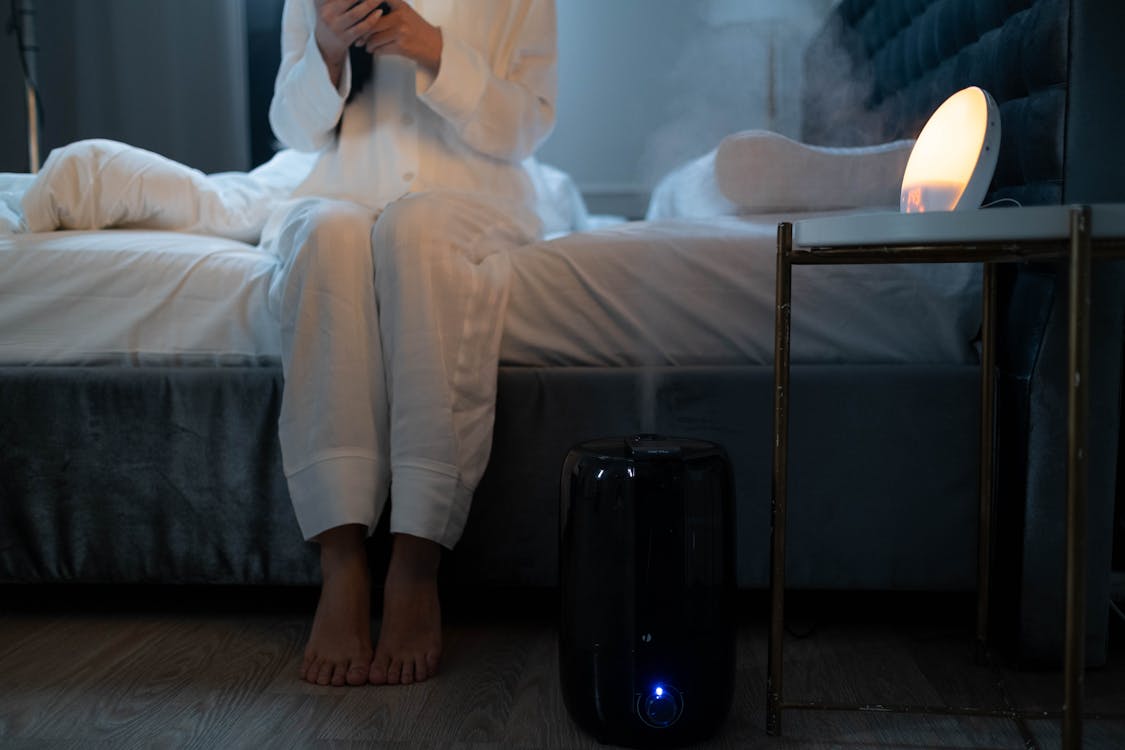

:max_bytes(150000):strip_icc():format(webp)/spr-product-vicks-vwc775-dual-comfort-cool-warm-mist-amazon-dburreson-004-f2aad54f89834fd08b2e909b7b4f6f95.jpg)




